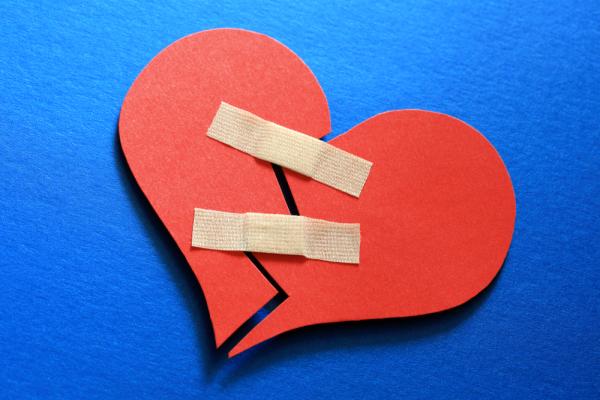By now everyone knows that smoking damages the lungs, causing bronchitis, emphysema, and lung cancer. Along with that goes heart damage, with smokers at a greater risk of heart failure than non-smokers or ex-smokers. A new report in the journal Circulation: Cardiovascular Imaging provides insight into one possible mechanism by which smoking interferes with normal heart function.
Dr. Wilson Nadruz Jr. from Brigham and Women’s Hospital, Boston, and colleagues studied nearly 4600 participants in the ARIC (Atherosclerosis Risk in Communities) study. At the time of the study, these people were free of coronary artery disease, heart failure and heart valve disease. They were categorized with respect to their smoking history — never smokers, former smokers and current smokers. These included 287 current smokers, 2316 former smokers, and 1977 never smokers. All the participants were between 74 and 76 years old, and were overweight (BMIs 27-29), but not obese.Former smokers had smoked for an average of 18 years, while current smokers logged in at 46 years. And there more women than men in each group.
Each participant underwent a cardiac echocardiogram to determine the characteristics of their hearts' structure and function. This is a non-invasive procedure that uses sound waves to view the heart as it pumps blood, and allows the measurement of various aspects of the heart muscle. Of most concern was the finding that thickness of the walls of the left ventricle increased with increased years of smoking, as well as with greater intensity of smoking (measured by number of pack-years*). The left ventricle is the major pumping chamber of the heart, which sends blood to the body via the aorta). Further, current smokers also had worse diastolic function — when the ventricle is between beats — than did either former or never smokers.
These findings were concerning, as the authors noted, "cumulative cigarette exposure was associated with higher LV mass and worse diastolic function in active smokers." However, they also observed "similar echocardiographic features between former and never smokers, suggesting that the potential effects of tobacco on the myocardium might be reversible after smoking cessation."
They interpreted their results: "These findings suggest that active smoking is associated with subtle alterations in [left ventricle] structure and function, which might help explain the higher risk of heart failure reported for smokers independent of coronary artery disease."
While this study adds to the pile of negative effects that cigarette smoking can have on the body, the one bit of good news is that quitting can help reverse some of these changes, since former smokers' cardiac characteristics were more like those of never smokers than like current smokers. Yet another reason to quit or never start.




